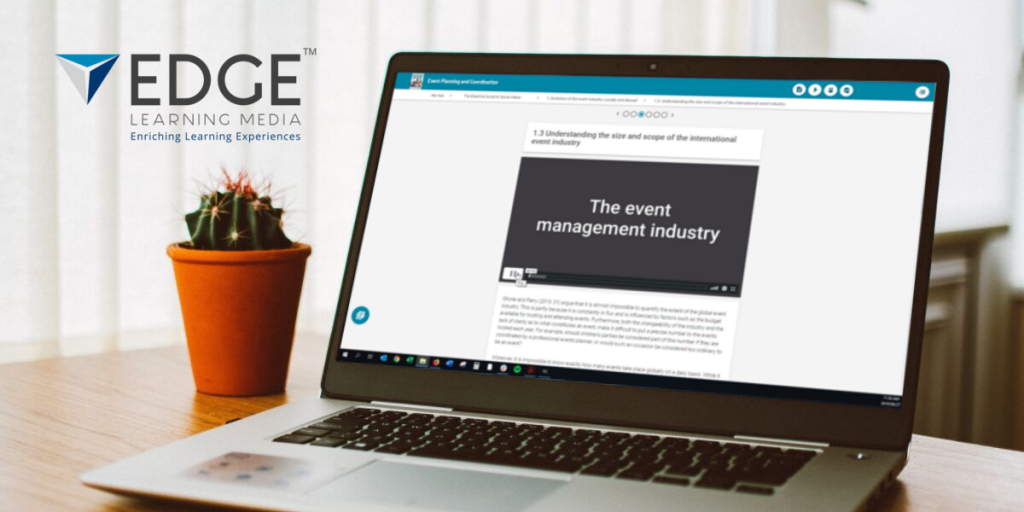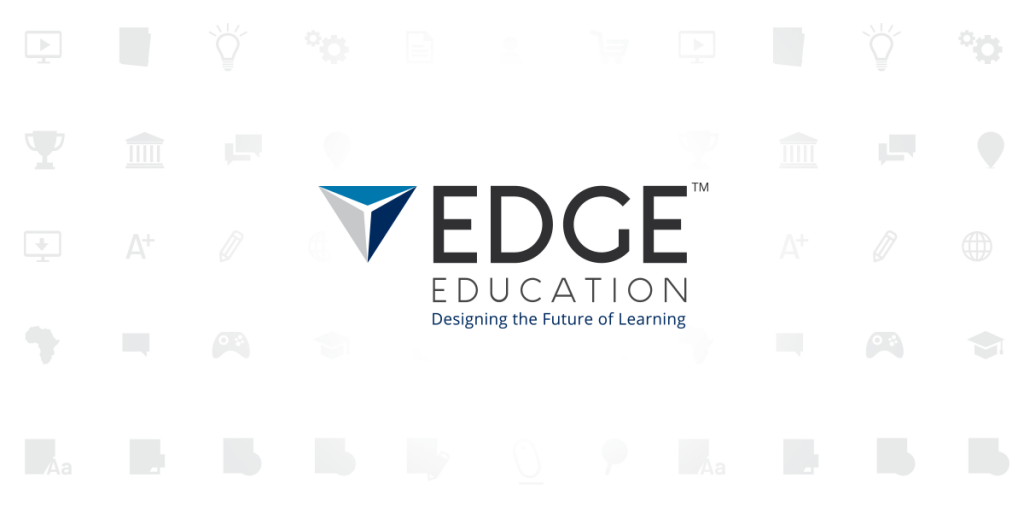Pratschke’s Generativism: An Emerging AI Pedagogy

The integration of artificial intelligence (AI) into education has accelerated dramatically in recent years, with recent advancements in AI being hailed as transformative for the sector (Kasneci et al., 2023; Rudolph et al., 2023; and Zhang et al., 2023). Specifically, generative AI (GenAI) – which involves models or algorithms that can generate new forms of […]
Multimedia, learning and multimedia learning

Multimedia and learning ‘People can learn more deeply from words and pictures than from words alone.’ This statement by Mayer [a] (2014) is the multimedia learning hypothesis, which encapsulates the importance of using multimedia in learning. Mayer defines multimedia as information that is presented in both words and pictures. These words include printed and spoken […]
Principles of Multimedia Learning Part 3: Managing Essential Processing

In multimedia learning, cognitive overload is the direct result of the learner being given too much information to process simultaneously. However, cognitive overload can be prevented by effectively managing the essential processing demands on the learner. In this infographic, we define essential processing and identify three principles of multimedia learning that can assist in managing […]
Principles of Multimedia Learning Part 2: Fostering Generative Processing

One of the key goals of the cognitive theory of multimedia learning is to foster generative processing. It is this form of processing that allows a student to make sense of the information they have consumed from their learning material. In this infographic, we will define generative processing and identify four principles of multimedia learning […]
Principles of Multimedia Learning Part 1: Reducing Extraneous Processing

When extraneous processing occurs in online learning, it can result in cognitive overload and severely hamper the effectiveness of multimedia learning. However, this type of processing can be reduced through effective instructional design techniques. In this infographic, we will define extraneous processing and identify five instructional design techniques that will help reduce it. Click […]


